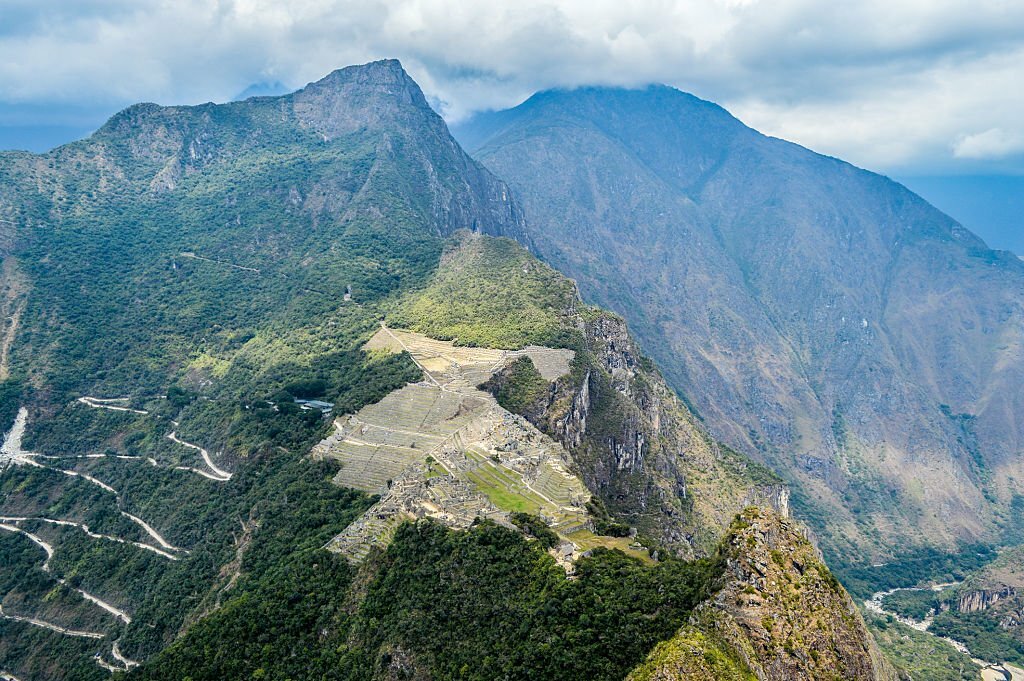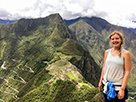Cusco, the historic capital of the Inca Empire, sits at an impressive altitude of approximately 3,400 meters (11,200 feet) above sea level. This high elevation can present challenges for travelers, but with proper preparation, you can fully enjoy the rich culture and stunning landscapes of this iconic destination.
The thin air at Cusco’s altitude means less oxygen, which can lead to altitude sickness, also known as “soroche.” Symptoms include headaches, nausea, dizziness, and shortness of breath. To mitigate these effects, it’s essential to acclimate slowly. Spend the first couple of days taking it easy, drinking plenty of water, and avoiding strenuous activities.
Coca leaves and coca tea are traditional remedies used by locals to combat altitude sickness. Many hotels offer complimentary coca tea upon arrival, and you can find coca leaves in local markets. Over-the-counter medications like acetazolamide can also help alleviate symptoms, but it’s best to consult with your doctor before your trip.
When planning your itinerary, consider starting your journey in the Sacred Valley, which is at a lower altitude than Cusco. This approach allows for gradual acclimatization. Guided tours, such as those offered by Peruways, provide an excellent opportunity to explore the region while adjusting to the altitude.
Despite the challenges, the high altitude of Cusco offers spectacular views and unique experiences. The crisp mountain air, combined with the breathtaking scenery of the Andes, makes for an unforgettable adventure. From the historic sites of the city to the magnificent ruins of Machu Picchu, the altitude becomes part of the allure of this incredible region.
For more information on how to prepare for your visit to Cusco and to book tours that ensure a smooth experience, visit Peruways.










Comment (0)